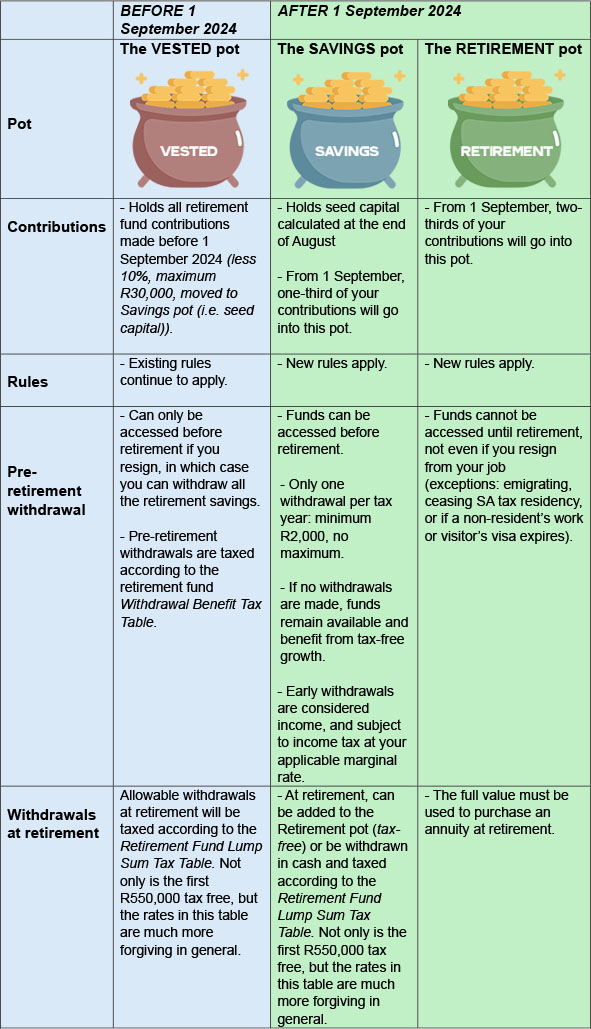6 Ways to Make the Most of Your Employees’ Performance Reviews

“Always treat your employees exactly as you want them to treat your best customers.” (Stephen R. Covey, author of ‘7 Habits of Highly Effective People’)
Good business leaders recognise that regular employee performance reviews play a vital role in improving transparency, identifying talent, and enhancing performance – yet often this process is handled in a casual fashion or even not implemented at all. In fact, a recent study revealed that only 13% of employees and managers, and only 6% of CEOs, think their organisation’s performance appraisal system is useful. Even worse, 88% of respondents said their current performance review negatively impacted their opinion of the HR department.
Here are six tips for turning those opinions around and getting maximum value from your performance reviews.
Tip 1: Really listen
During a review it’s vital that the employee feels truly understood. Data shows that leaders who come to reviews with preconceived notions and a list of complaints are more likely to have unhappy teams. A massive 85% of employees would consider quitting if they thought their review to be unfair – and there is no surer way of making someone feel unfairly treated than to brush off their side of the story and make them feel unheard.
Companies should therefore focus on getting their leaders to:
- actively listen to employees during reviews
- avoid making assumptions
- ignore distractions such as phone calls
- pay attention to verbal and nonverbal cues.
Tip 2: Be transparent
Because performance reviews are often linked to raises and other benefits, it’s extremely important that the employee understands exactly why certain decisions were made. Giving clear, fair, specific and actionable feedback allows the employee to see how they can get a better raise next year and what they need to do to gain a promotion. Vague or unclear feedback only leads to distrust of the system – and of the company’s HR and leadership.
Tip 3: Keep looking forward
While the very name “performance review” suggests a look back over the course of the past year, it’s also the ideal time to project forward into the future. By using the review to set new goals and speak about career progression, your leaders will be able to motivate employees to do well. Knowing that you’re being considered for promotions or that there are rewards at the end of the tunnel is motivational. Little wonder, then, that forward-looking performance reviews have been shown to improve employee productivity by 13%.
Tip 4: Your employee’s opinion matters
A decent performance review is a conversation between employer and employee. It is a chance to listen as well as to speak, and this dynamic should be carried through to the very design of the review. Speak with both managers and employees about the reviews. Ask them what works and what doesn’t and encourage them to suggest things that would make the process more useful. Then actually adjust the review to accommodate these requests where possible. Employees who feel they have power and buy-in over the review process are far less likely to feel hard done by.
Tip 5: Little and often
According to many business experts, traditional annual business reviews are inadequate. Doing them once a year leaves you with too much ground to cover and places undue stress on the employee – who is then less likely to function optimally during the review. In fact, a recent study suggested the pressure can be so bad that 34% of millennials admitted to crying during their performance review.
By having more frequent and casual performance chats, and addressing any issues when they arise, companies can reduce stress and get better results. According to a report by ClearCompany, employees at companies that use continuous feedback systems are 65% more motivated and 66% more productive.
Tip 6: Be prepared
At the end of the day, an employee performance review is about reward and improvement. Before going into a review, it’s important to know exactly what rewards you’re able to offer, and how these can be implemented.
Work with your team to create a system that is not only motivational, but effective.











